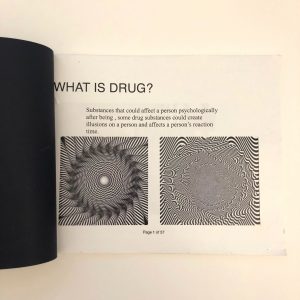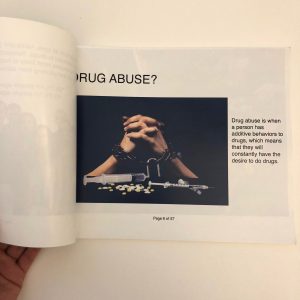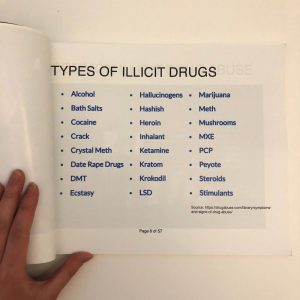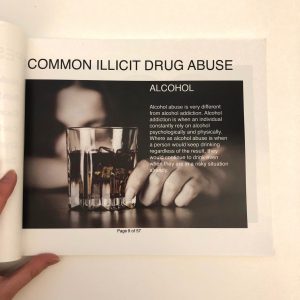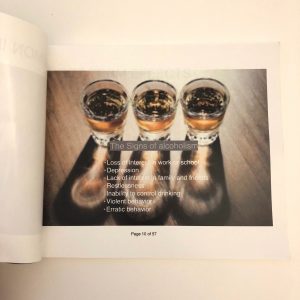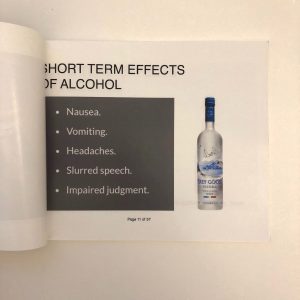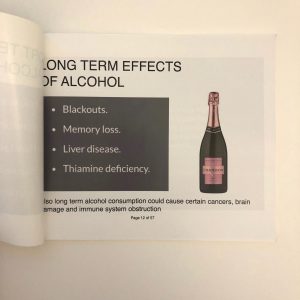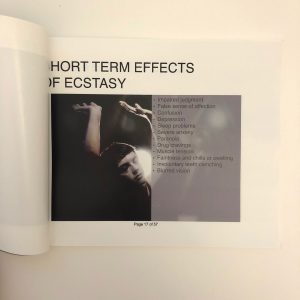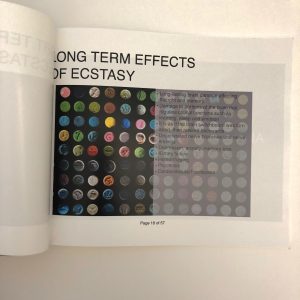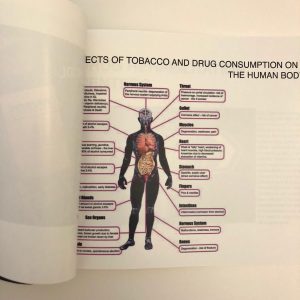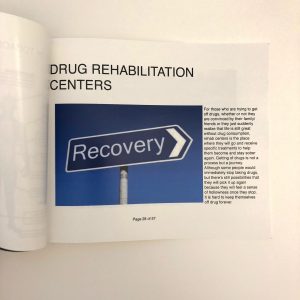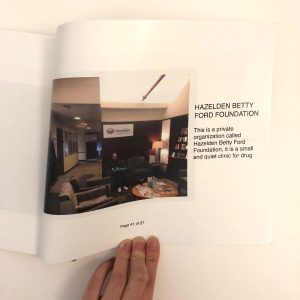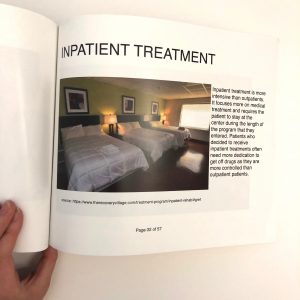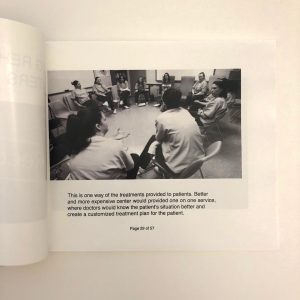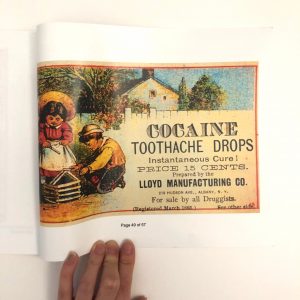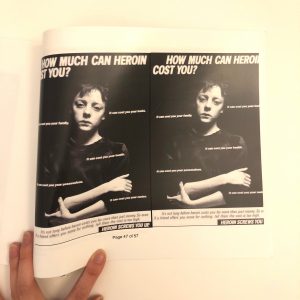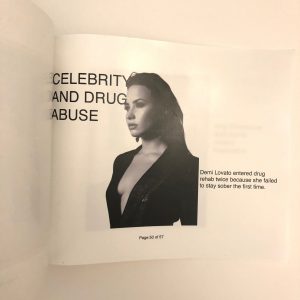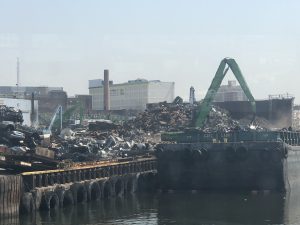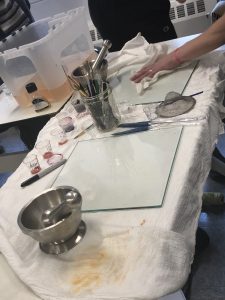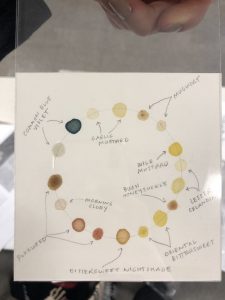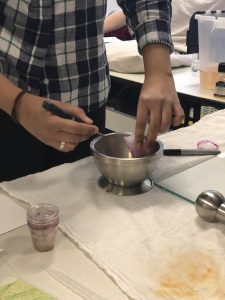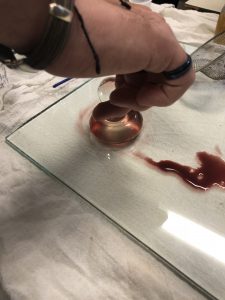ART DECO INSPIRED NECKLACE
Introduction
Art Deco is short for Arts Decoratifs. It is a style of architecture, visual art and design which started in France just before world-war 1 in the International exhibition of modern decorative and industrial arts held in France in 1925. In the 1930’s, the great depression forced Art Deco to expand with new materials coming including stainless steel and plastic. But the great depression affected its popularity on the world scene as it was seen as too luxurious and gaudy during those war times. It built its name again in 1960 with the Art Deco movement effect on jazz and the art of pop. The name Art Deco itself was not highly used until Bevis Hiller, a well-known critic and art historian popularized it in her book Art Deco of the 20s and 30s back in 1968 (MP Beltran, 2017). In 1980 it became a house hold name because of the growing interest of its cubism design and Art Deco’s graphic design. The Art Deco designs used channel-set gem stones, diamonds and glass to signify luxury and modernization.
Characteristics and materials of Art Deco designs
Art Deco’s designs and jewelry has many distinguishable characteristics, such as: a geometric form, platinum or white gold, old European cuts, symmetric designs, streamlining cuts and its filigree work.
In particular the intricate geometric designs are characterized by triangular, trapezoid and zigzagged shapes, chevron pattern, sweeping curves, stepped forms and sunburst motifs. The designs of Art Deco is based on mathematical geometric shapes which were based on the architectural forms of ancient Egypt, Babylon and the ziggarts pyramids of Aztec Mexico to mention just a few(JF Pile, 2005).
The era of Art deco was mostly marked by white, gold or platinum jewelry. White gold which came as a substitute for the high cost platinum was introduced in the early 1915’s. Given that yellow gold was out of style at the age, white gold became the most prominent jewelry designs of Art Deco.
With the ever growing popularity of diamonds, they have been featured in the designs alongside channel-set gemstones such as emeralds and rubies which represent this age. In Art Deco, these caliber cut stones are custom cut and tightly spaced together against metals or other stones to have an alluring overall design. The designs further had small intricate cut outs produced by filigree work. Art Deco uses die-cast machines to crate the cutouts and they are almost impossible to replicate as todays jewelry uses wax molds to create jewelry.
Difference of Art Deco Jewelry from others
Art Deco designs have sweeping curves and sunburn motifs, whereas Art Nouveau designs have a whiplash curves. Their designs have zigzags and sharp angles and are stepped inspired by jazz whereas Art Nouvea and Edwardian designs are more nature inspired and have flowy patterns with blunt angles in their jewelry (Morel, 2015)
Art Deco jewelry is more mathematically geometric and symmetric to reflect the glamour of the industrial revolution. As such, their jewelry designs have less free space and an industrial feel to them. The Edwardian designs differ from them in that the designs have more free space, they are light and flowy given that they were inspired by nature. Art Nouveau designs are asymmetrical usually taking the form of natural plants and animals.
The filigree work done on Art Deco jewelry give it a stamped edge and sharper look. The stark edges of the jewelry are nearly impossible to replicate. Their jewelry has bold colors and streamlining cuts. The modern reproductions of Art Deco have a dull, softer look lacking the stamped and stark edges of previous designs.
Art Deco uses 10k to 18k pure white gold or platinum to make their jewelry. Imitations of Art Deco jewelry are made using alloys giving them a yellow tint and use other measurements of white gold or platinum to make them.
My Design
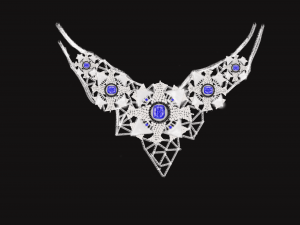
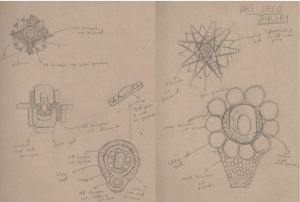
After careful consideration, I decided to create a necklace inspired by Art Deco movement as necklace can create more statement than other accessories and allows me to play around with the design more. To create an architectural feeling, I chose to use triangles as a geometric element, surprisingly, these spikes of these triangles add more fun to the overall design. Old European cuts and Old Cushion cut diamonds were the only options for my design as these two were the most popular cuts from Art Deco design period. In order to create an elegant feeling to the design, as I imagined a wealthy young women would wear this design, I decided to use sapphire old cushion cut diamonds as the dominant design element for this necklace. To me, I always associate sapphire with high-class individuals. I added small old european cut diamonds around to serve as a foil to the large old cushion cut diamonds as old european cuts are rougher. Filigrees are used in the center of the design to add details and also brings more unity to the design as they act as connections between each part of the design too. All the silver looking parts are 18k white gold to add expensiveness to the design.
I made the pattern in the middle first, then repeated it 4 more times then adjusted the angle and reduced the size for each pattern to create a fade out feeling. If you look closer, you will notice that only the center piece has 5 sapphire old cushion cut diamonds on it, this is a way to suggest that this is the main part of the design and to attract attention.
References
JF Pile, (A history of interior design, 2005), 65
MP Beltran Transparent Drawing Supports and Media Applied On It: Chemical Characterization and Conservation Problems in Spanish Art Deco jewelry Design (Restaurator. International Journal for the preservation of jewelry, 2017), 2
Morel, Guillaume Editions Place Des Victories (Art Deco, 2012), 15



